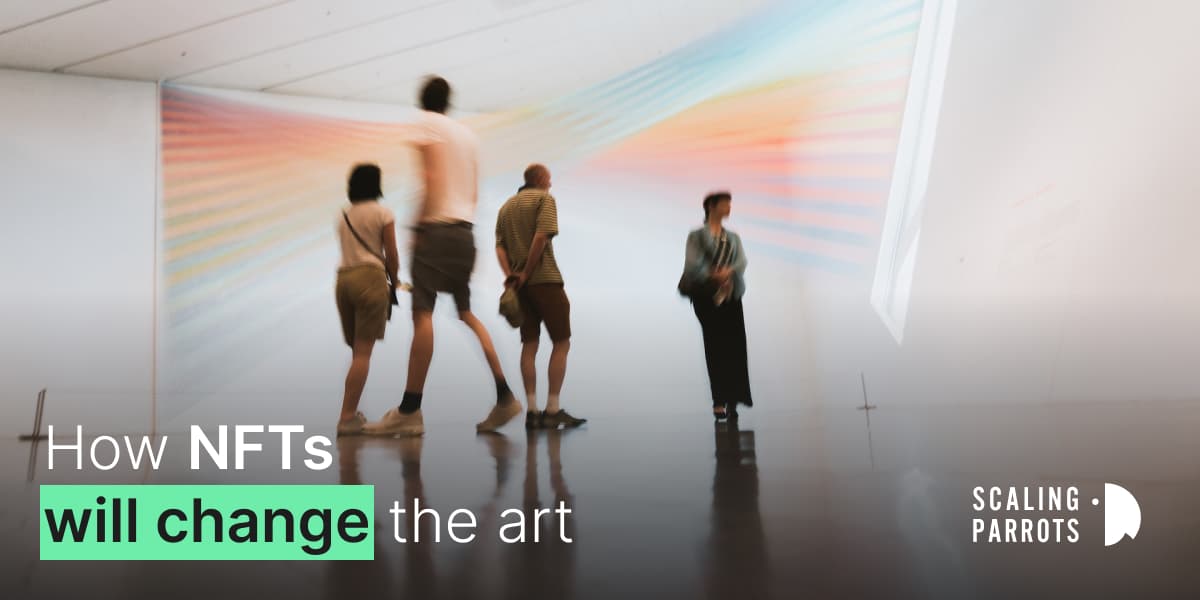
Museums aren’t what they used to be. And for the better. They are now much more than an art gallery. We can now visit a virtual museum from the comfort of our homes, learn through augmented reality in the museum, and enjoy new artistic expressions such as NFTs or the Metaverse itself.
Digital art, in particular, has been one of the novelties that museums worldwide have introduced into their exclusive collections. When it comes to digital art, the most talked-about star is the NFT or non-fungible token.
A format that unites art and technology and cannot be ignored, for better or worse. Aside from speculation or the buying and selling NFTs, institutions such as the British Museum have embraced the NFT to provide digital versions of their most iconic works.
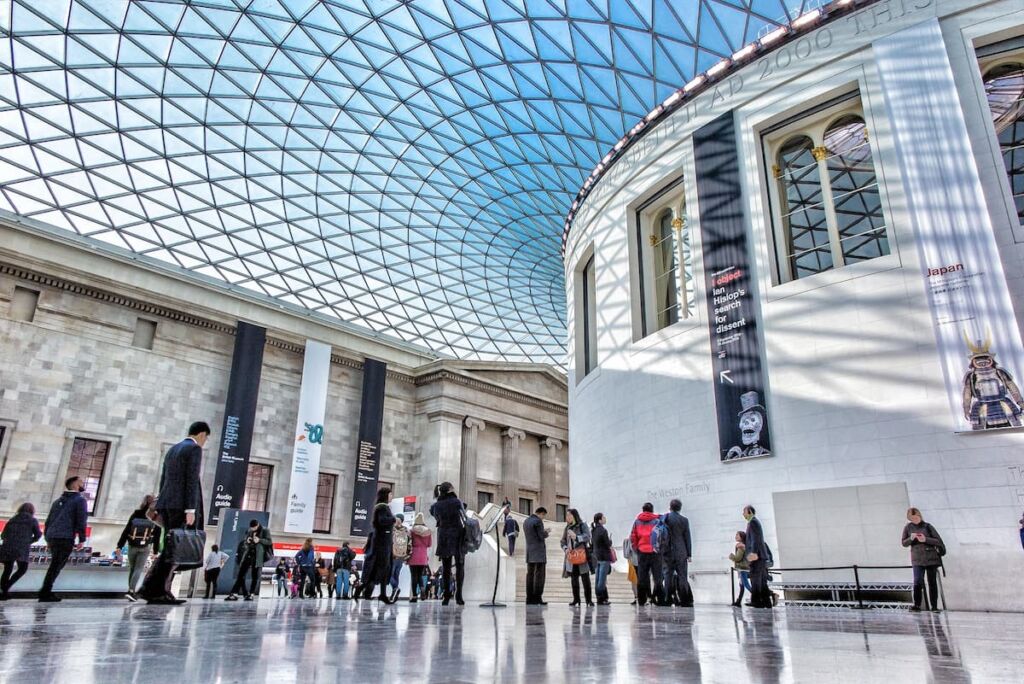
It is a relatively new format with a long way to go. Furthermore, it is unclear what role the NFT will play in the future, but the interest it has generated in technology, business, and culture makes it an important component that will also form part of museums as guardians of art.
And there are currently various ways in which the NFT can be applied in both arts and museums. We will look at five real applications of NFT in art and museum. But before we look at the real applications of NFT in art and museums, let’s see what NFT are.
What are NFTS
NFTs are tokens that can be used to represent ownership of one-of-a-kind items. They enable us to tokenize items such as art, collectibles, and even real estate. The Ethereum Blockchain secures asset ownership; no one can change the record of ownership or copy/paste a new NFT into existence.
NFT is an abbreviation for Non-Fungible Token, which is a non-fungible token. Tokens are value units associated with a business model, such as cryptocurrencies.
Non-fungible tokens (NFTs) are cryptographic assets based on Blockchain that may be distinguished from one another by having particular identifying codes and metadata.
And it is that NFTs have a close relationship with cryptocurrencies, at least technologically. Although they are opposites, because a Bitcoin is a fungible good and an NFT is a non-fungible good, they are essentially the two sides of a technological currency.
NFTs, like cryptocurrencies, are certified using Blockchain technology. One distinction between an NFT and a cryptocurrency is that the value of the assets governs the former (though they can also be bid on).
In contrast, the latter is governed by supply and demand (depending on the fluctuation of the market). And it is that while NFTs are technologically related to cryptocurrencies, cryptos are fungible goods while NFTs are not.
They cannot be traded or exchanged for cryptocurrencies at parity. In contrast, fungible tokens, such as cryptocurrencies, are identical to one another and thus can be used as a medium for commercial transactions.
NFTs alter the crypto framework by making each token unique and irreplaceable, making comparisons between non-fungible tokens impossible.
They are digital representations of assets that have been likened to digital passports because each token has a unique, non-transferable identity that distinguishes it from other tokens. They are also extensible, which means you can combine two NFTs to form a third, distinct NFT.
5 real applications of NFT for Art and Museum
NFTs have opened up a great deal of opportunity for different sectors that control the world today. Sectors like art, music, real estate, sports, transportation, and others.
In many of these industries, NFTs have real applications of how they are being used or how they have benefited the industry, and we will be talking about five real applications of this NFT for art and museum.
1. Tokenization
Asset tokenization, also known as non-fungible tokenization, is the process of creating digital tokens representing ownership of a physical asset (NFTs). The token creation process uses Blockchain technology, allowing you to store and trade the tokens freely and securely, just like other cryptocurrencies and Blockchain-based assets.
Arts can be tokenized and sold, which has brought in millions for some artists. For example, Artist Mike Winkelmann (AKA Beeple) sold the NFT of a digital image collection for $69 million.
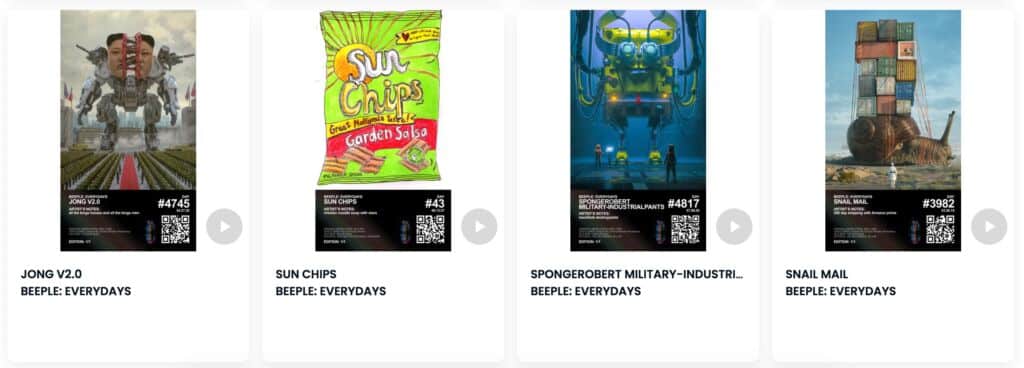
Since the sale of this NFT artwork, NFT has been brought to the limelight ever since then, which inspired a surge of enthusiasm and money around the technology.
Total NFT sales in 2021 have reached a range between $25 billion and $41 billion, representing a significant increase over sales of more than $250 million in 2020.
On an individual basis, many individuals have made thousands and millions of dollars from the tokenization of art; Artist Mike Winkelmann is just one of them; other artists also made money from tokenizing their artworks.
The tokenization of artwork can also be applied to museums with billions of artworks that can’t do anything with them.
They have a lot of money, but it’s all locked up in the artwork they’re showing. They lack the liquidity to reassemble their collections, let alone expand their collections and the universe of what they can exhibit.
An example of a museum that took advantage of the tokenization of artwork is the digitized version of Gustav Klimt’s “The Kiss”, which has been fractionalized into a one-time drop of 10,000 NFTs by the Belvedere museum in Vienna.
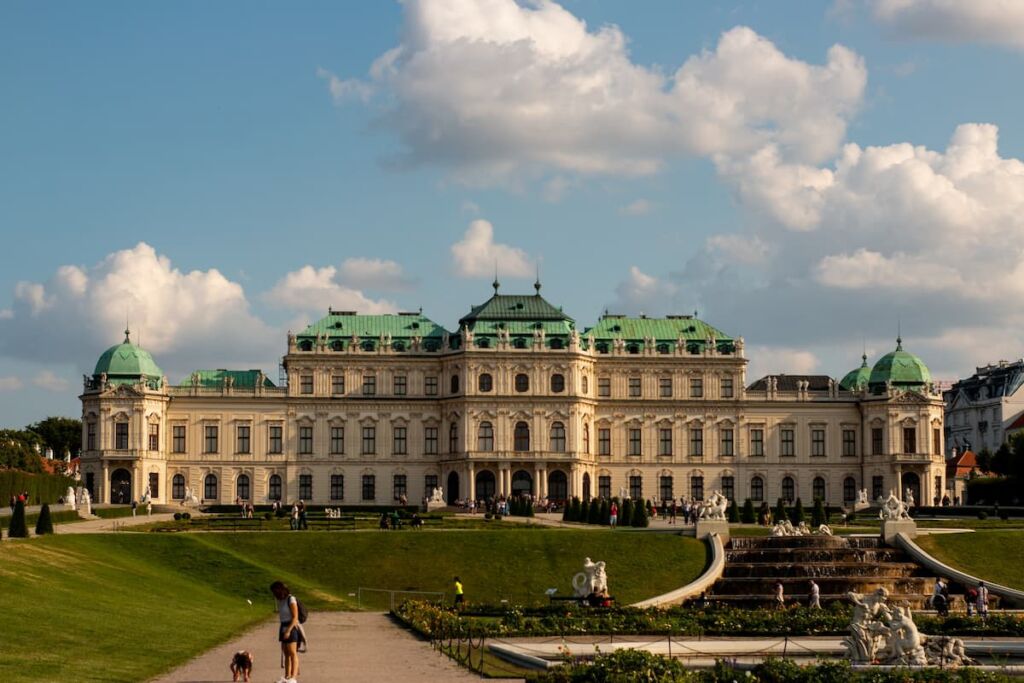
This was made available on February 14—Valentine’s Day—for 0.65 Ethereum, which equals €1,850 per unit. Irene Jaeger, a public relations representative for the Austrian museum, stated earlier this week that over 2,400 of these Klimt NFTs had been sold, bringing in nearly €4.3 million.
Tokenization of arts is a real application of NFTs for arts because this has helped open up opportunities for many artists and made it easier for people to access artworks that they like but are expensive.
2. Ownership of digital artwork
Ownership of digital artworks is another real application of NFT in arts and museums. This is especially beneficial because of the emergence of Metaverse, a network of 3D virtual worlds where more people can be reached with artwork in museums.
One of the major benefits of digitization is that it allows museums to reach audiences at any time and wherever in the world. However, it also means a far higher chance of copyright violations and other intellectual property problems.
One of the built-in advantages of NFTs is that a digital asset’s ownership is recorded on the Blockchain ledger, leaving a crucial “watermark” of ownership that institutions and artists find appealing.
An excellent example to illustrate this is a virtual museum built in Somnium Space called the Museum of Crypto Art (MoCA). The virtual museum, co-founded by well-known digital art collector Pablo Rodriguez-Fraile and designed by Desiree Casoni, compiles tokenized artworks that were acquired using non-fungible tokens (NFT).
The artwork is accessible to anybody with an internet connection at MoCA. Because NFT ownership is confirmed on the Blockchain, the museum may increase accessibility without diminishing the market value of the items. In reality, Rodriguez-Fraile might be arguing favor of the usefulness of NFTs.
Of course, engaging with physical art will never go away and shouldn’t. Nothing compares to witnessing a genuine tour of museums. However, the NFT and Metaverse enable us to extrapolate that magic and broaden access to more potential art admirers.
This additional access is especially significant. Museums and galleries continually explore innovative methods to share their historical collections with larger communities as younger generations spend more time online.
3. Proving the authenticity of artworks in museum
Following World War II, a significant amount of art was destroyed. Some have been replaced by knockoffs, while various people, organizations, etc., have stolen others. Original artwork by old artists will soon be labelled for tracking with NFTs. Of course, this also applies to works of art that have yet to be created.
Of course, this could go either way. NFTs can be made into physical works of art, and physical works of art can be made into NFTs (while maintaining the digital token, of course).
It can help to determine the authenticity of a work and reduce or eliminate the prevalence of forgeries. This ensures NFT owners that their possessions are genuine, especially if they purchased them at an auction.
4. Commoditized collections in museum
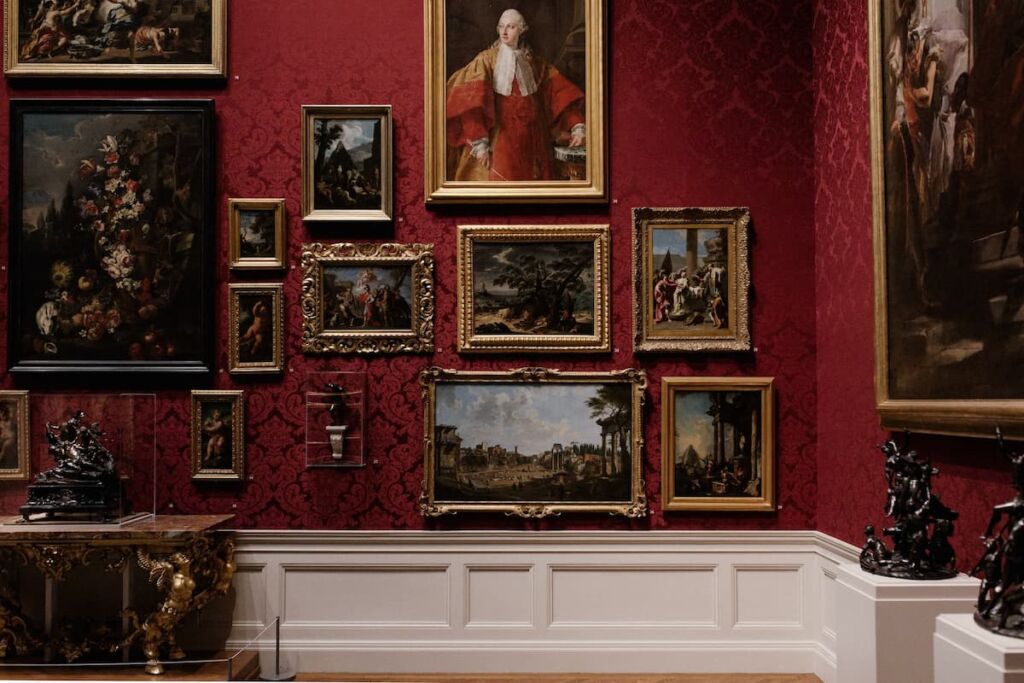
Museums have suffered significant financial losses recently, while NFTs have become one of the most profitable investments and business ventures. Thus, in addition to hosting NFT-based exhibitions, there has been a rising interest in the potential for NFTs to serve as a new source of revenue for museums.
Worldwide, the pandemic poses an existential threat to cultural institutions. NFTs, give museums and other institutions multiple ways to boost their finances and increase public participation. After all, the purpose of museums is to serve as guardians of culture, past, present and emerging.
It just so happens to be at a turning point when the velocity of technology has surpassed the capacity of these very institutions to interpret it. Visual culture, as well as Art History in general, are currently evolving due to the growth of digital art, NFTs, and the crypto-community.
How museums respond to this cultural change will determine whether they advance their initiatives and gain authority in the modern digitalized art world or fall behind.
And many museums took advantage of the turning point in the technological world despite the downtimes during and after the pandemic. Some of the museums that took advantage of this are as follows:
- Recently, the ICA in Miami announced the “purchase” (which was a donation) of a cryptopunk NFT, ushering NFTs into the “establishment” of museums as a part of their permanent collections. But this continues to be the conventional practice.
- The British Museum in London is one organization that immediately embraced NFTs as a fundraising tool. The museum and the Ethereum-based NFT platform LaCollection entered an exclusive five-year agreement in September. Former British finance minister George Osborne chairs the partnership. Since then, the museum has produced a number of token drops utilizing digital reproductions of pieces by J.M.W. Turner and Katsushika Hokusai in edition sizes ranging from two to 10,000. The range of costs was $500 to $40,000.
- Another example is the State Hermitage Museum in St. Petersburg, Russia, which raised $444,000 through an auction of NFT reproductions of five of its most well-known artworks last September.
Many museums are educating themselves about how NFTs will change the art world if they are to maintain any cultural relevance. Many should include NFTs in their membership paradigms, financial models, and curatorial practices.
5. For education purposes
Museums continue to take the lead in enlightening the public about the new, somewhat perplexing idea of NFTs. Programming devoted to NFTs has included everything from open discussions to tutorials on how to make, buy, and sell NFTs.
An excellent example of this is the world’s first non-fungible token (NFT) museum that opened in Seattle, aiming to educate visitors about the asset class’s significance.
Since its inception of this museum in January, the museum has provided a platform for artists, creators, and owners to introduce digital art to new audiences. They have offered a venue for artists, makers, and collectors to exhibit their NFTs in a real environment and have worked to inform the general public about this still-emerging market for digital art.
This could also open up a new exciting tourism attraction for schools and young ones who would like to explore arts in museums.
NFT for Art and Museums – Conclusion
The number of museums collaborating with NFTs is growing all the time. Perhaps most notably, in less than a year, museums have transitioned from primarily educating the public on NFTs to diving headfirst into the crypto art world.
Indeed, it is becoming clear that this new technology has the potential to completely transform artistic creation, museum practice, and institutional business models.
While it remains to be seen how the cultural industry will adapt to this new landscape, if current trends continue, we can expect an upward increase in the number of NFT exhibitions and museum sales in the coming years.
Since NFTs are still a young and unstable technology, there will undoubtedly be significant and dramatic developments in the future. Once something has been made. It cannot be undone or forgotten, though.
We can be sure that NFTs won’t disappear because they have gained such a substantial amount of adoption in such a short period of time. NFTs will continue to have additional applications as they develop and grow, eventually affecting the daily lives of people going about their daily lives.
NFTs have the potential to simplify the usage of many services and increase transaction transparency, particularly when it comes to the real ownership of things like real estate, art, ideas, and concepts.
In the following years, it is anticipated that this field will continue to improve at a rate that will drastically alter everyday life for the average individual.
See you soon,
Scaling Parrots
